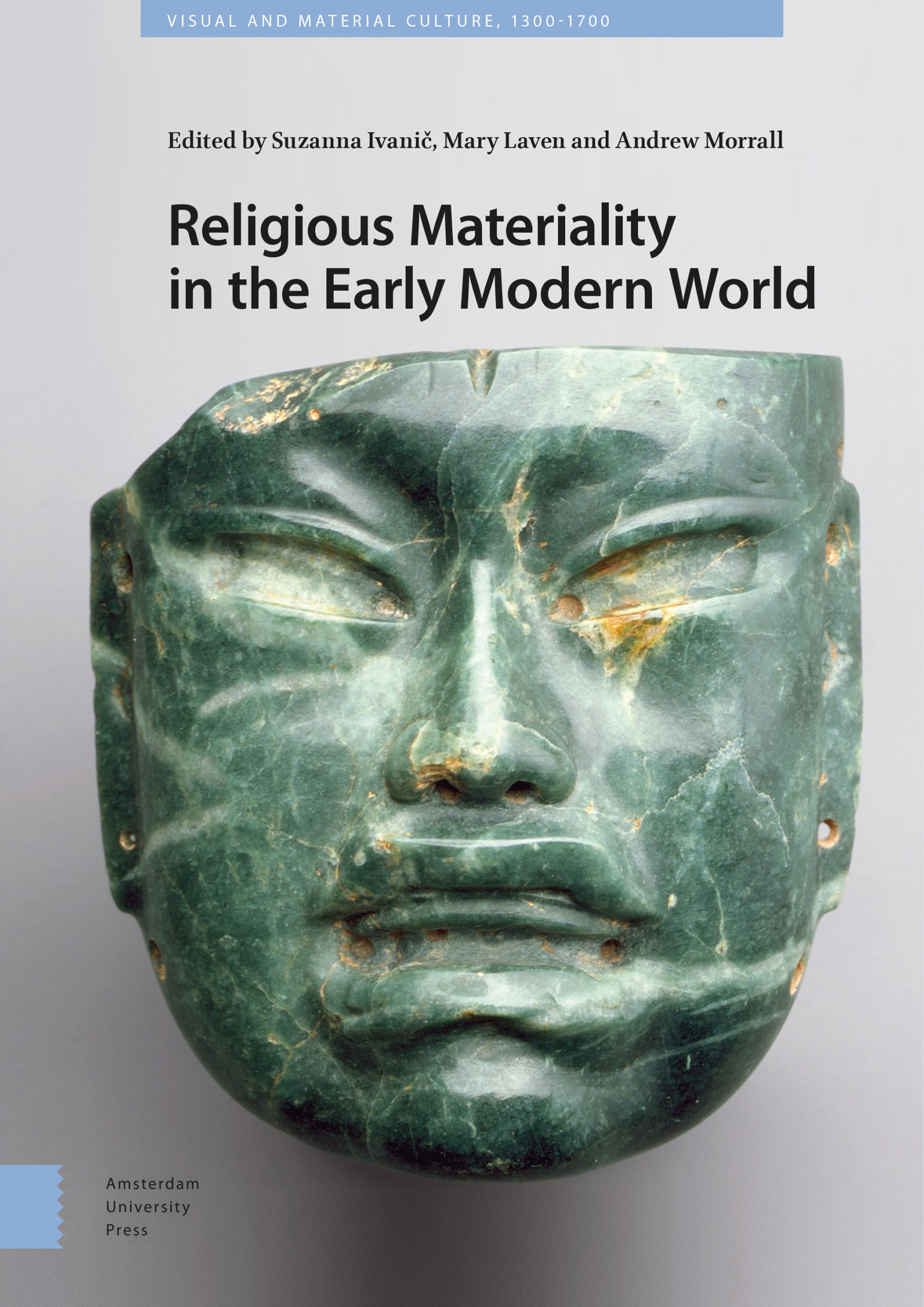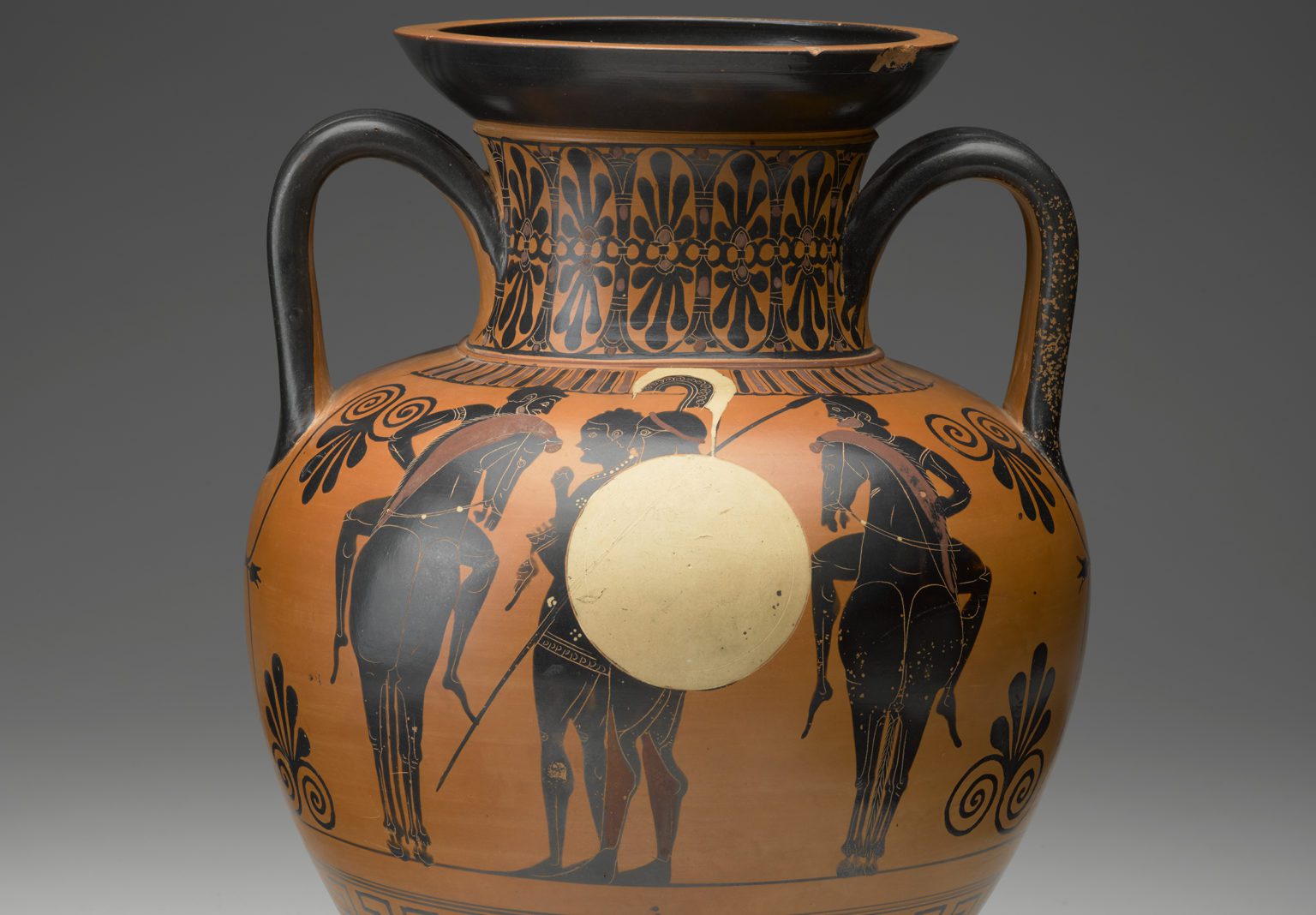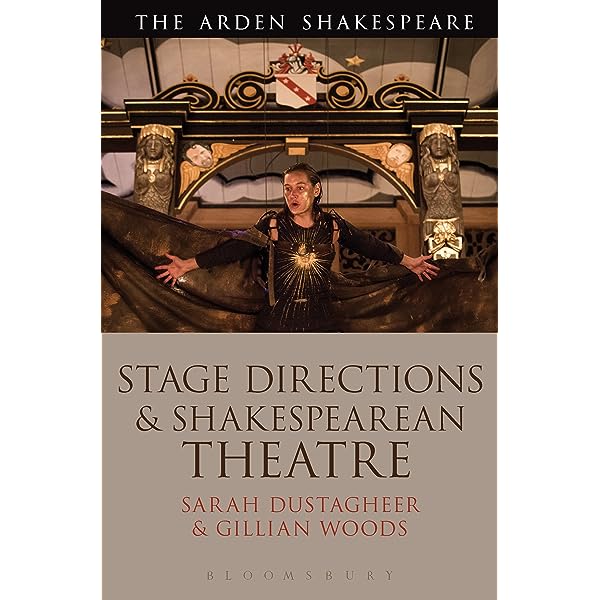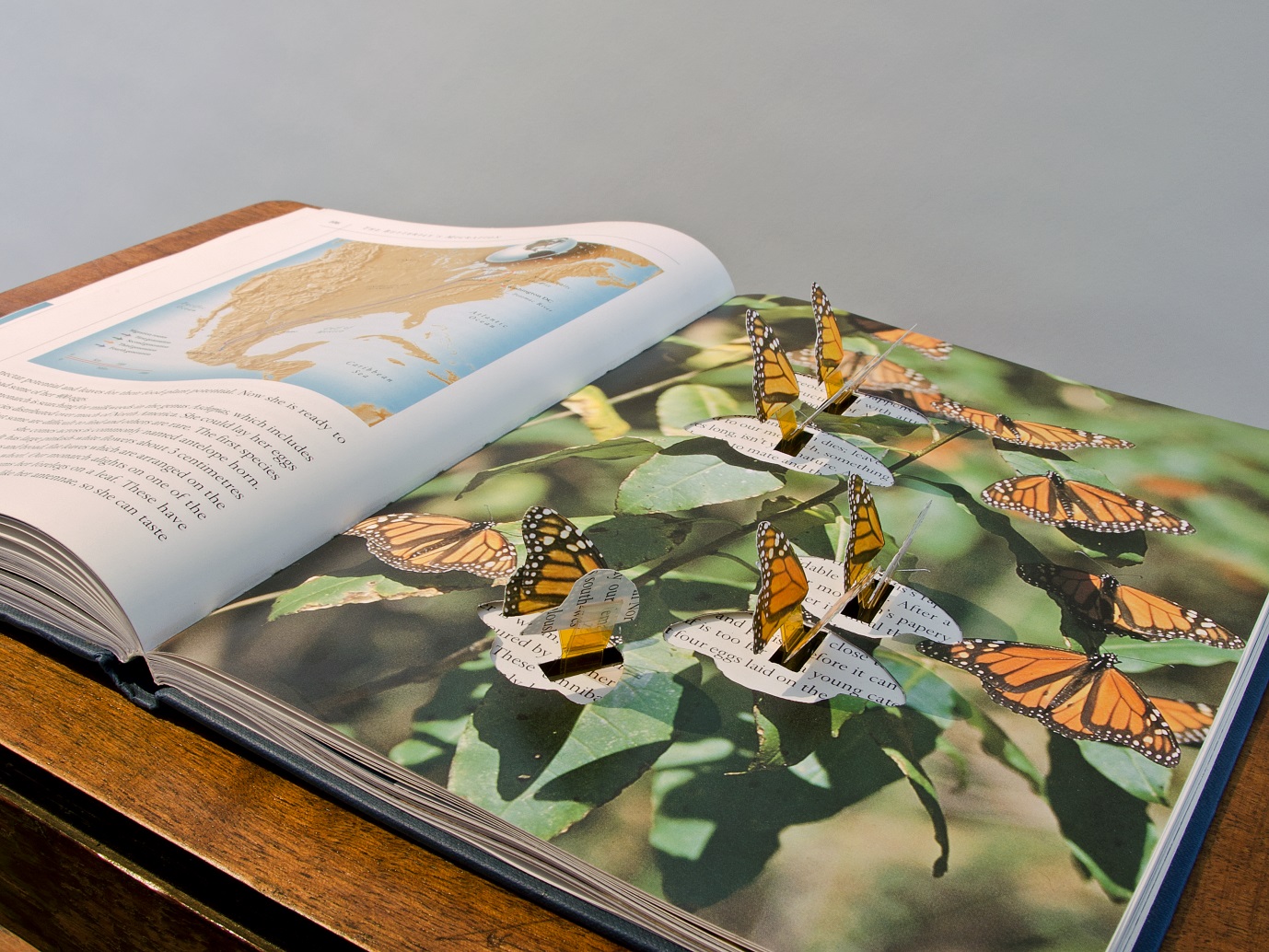Publications
A Social Archaeology of Roman and Late Antique Egypt: Artefacts of Everyday Life (ed. by Ellen Swift, Jo Stoner and April Pudsey, Oxford University Press, 2022
 Artefact evidence has the unique power to illuminate many aspects of life that are rarely explored in written sources, yet this potential has been underexploited in research on Roman and Late Antique Egypt. This book presents the first in-depth study that uses everyday artefacts as its principal source of evidence to transform our understanding of the society and culture of Egypt during these periods. It represents a fundamental reference work for scholars, with much new and essential information on a wide range of artefacts, many of which are found not only in Egypt but also in the wider Roman and late antique world. By taking a social archaeology approach, it sets out a new interpretation of daily life and aspects of social relations in Roman and Late Antique Egypt, contributing substantial insights into everyday practices and their social meanings in the past. Available at Oxford University Press.
Artefact evidence has the unique power to illuminate many aspects of life that are rarely explored in written sources, yet this potential has been underexploited in research on Roman and Late Antique Egypt. This book presents the first in-depth study that uses everyday artefacts as its principal source of evidence to transform our understanding of the society and culture of Egypt during these periods. It represents a fundamental reference work for scholars, with much new and essential information on a wide range of artefacts, many of which are found not only in Egypt but also in the wider Roman and late antique world. By taking a social archaeology approach, it sets out a new interpretation of daily life and aspects of social relations in Roman and Late Antique Egypt, contributing substantial insights into everyday practices and their social meanings in the past. Available at Oxford University Press.
Cosmos and Materiality in Early Modern Prague (Suzanna Ivanic, Oxford University Press, 2021)
 Prague in the seventeenth century is known as home to a scintillating imperial court crammed with exotic goods, scientists, and artisans, receiving ambassadors from Persia, and also as a city suffering plagues, riots, and devastating military attacks. But Prague was also the setting for a complex and shifting spiritual world. At the beginning of the century it was a multiconfessional city, but by 1700 it represented one of the most archetypical Catholic cities in Europe. Through a material approach, Cosmos and Materiality pieces together how early modern men and women experienced this transformation on a daily basis. Available from Oxford University Press.
Prague in the seventeenth century is known as home to a scintillating imperial court crammed with exotic goods, scientists, and artisans, receiving ambassadors from Persia, and also as a city suffering plagues, riots, and devastating military attacks. But Prague was also the setting for a complex and shifting spiritual world. At the beginning of the century it was a multiconfessional city, but by 1700 it represented one of the most archetypical Catholic cities in Europe. Through a material approach, Cosmos and Materiality pieces together how early modern men and women experienced this transformation on a daily basis. Available from Oxford University Press.
Roman Artefacts and Society: Design, Behaviour (Ellen Swift, Oxford University Press, 2017)
 In this book, Ellen Swift uses design theory, previously neglected in Roman archaeology, to investigate Roman artefacts in a new way, making a significant contribution to both Roman social history, and our understanding of the relationships that exist between artefacts and people. Based on extensive data collection and the close study of artefacts from museum collections and archives, the book examines the relationship between artefacts, everyday behaviour, and experience. The concept of ‘affordances’—features of an artefact that make possible, and incline users towards, particular uses for functional artefacts—is an important one for the approach taken. This concept is carefully evaluated by considering affordances in relation to other sources of evidence, such as use—wear, archaeological context, the end—products resulting from artefact use, and experimental reconstruction. Available at OUP.
In this book, Ellen Swift uses design theory, previously neglected in Roman archaeology, to investigate Roman artefacts in a new way, making a significant contribution to both Roman social history, and our understanding of the relationships that exist between artefacts and people. Based on extensive data collection and the close study of artefacts from museum collections and archives, the book examines the relationship between artefacts, everyday behaviour, and experience. The concept of ‘affordances’—features of an artefact that make possible, and incline users towards, particular uses for functional artefacts—is an important one for the approach taken. This concept is carefully evaluated by considering affordances in relation to other sources of evidence, such as use—wear, archaeological context, the end—products resulting from artefact use, and experimental reconstruction. Available at OUP.
Religious Materiality in the Early Modern World (Suzanna Ivanič, Mary Laven and Andrew Morrall eds) is now available (Amsterdam University Press, 2019).
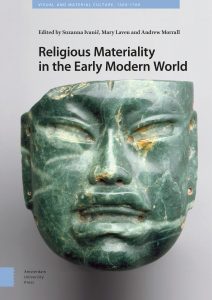 This collection of essays offers a comparative perspective on religious materiality across the early modern world. Setting out from the premise that artefacts can provide material evidence of the nature of early modern religious practices and beliefs, the volume tests and challenges conventional narratives of change based on textual sources. Religious Materiality in the Early Modern World brings together scholars of Catholic, Protestant, Jewish, Islamic and Buddhist practices from a range of fields, including history, art history, museum curatorship and social anthropology. The result is an unprecedented account of the wealth and diversity of devotional objects and environments, with a strong emphasis on cultural encounters, connections and exchanges. Available to order via Amsterdam University Press.
This collection of essays offers a comparative perspective on religious materiality across the early modern world. Setting out from the premise that artefacts can provide material evidence of the nature of early modern religious practices and beliefs, the volume tests and challenges conventional narratives of change based on textual sources. Religious Materiality in the Early Modern World brings together scholars of Catholic, Protestant, Jewish, Islamic and Buddhist practices from a range of fields, including history, art history, museum curatorship and social anthropology. The result is an unprecedented account of the wealth and diversity of devotional objects and environments, with a strong emphasis on cultural encounters, connections and exchanges. Available to order via Amsterdam University Press.
Rebalancing media in environments: analysing flows of action (Rocio von Jungenfield)
An exploration into how portable projections can serve to counterbalance the bias towards screen-based media experiences of the world and how they can contribute to a more texture-based understanding of the relationships between environments and their constitutive actants. The constantly changing relationships between media and things enable the construction of a sense of place which moves and flows. To undertake this exploration, I use a three-fold method to analyse site-specific video walks (The Surface Inside 2011, I-Walk 2012, (wh)ere land 2014), draw on nascent thoughts derived from a series of workshops about flows, environments materials, and resonance, and engage with critical discussions about space, assemblages and materiality.
Available through KAR.
Swift, E. (2017). Roman Artefacts and Society: Design, Behaviour and Experience. [Online]. Oxford: Oxford University Press. Available at Oxford University Press.
Swift, E. (2009). Style and Function in Roman Decoration: Living With Objects and Interiors. Farnham, Surrey: Ashgate. Available on Amazon.
